Controversial State Law Sparks Debate Over Multi-Family Housing Expansion Near MBTA Stops
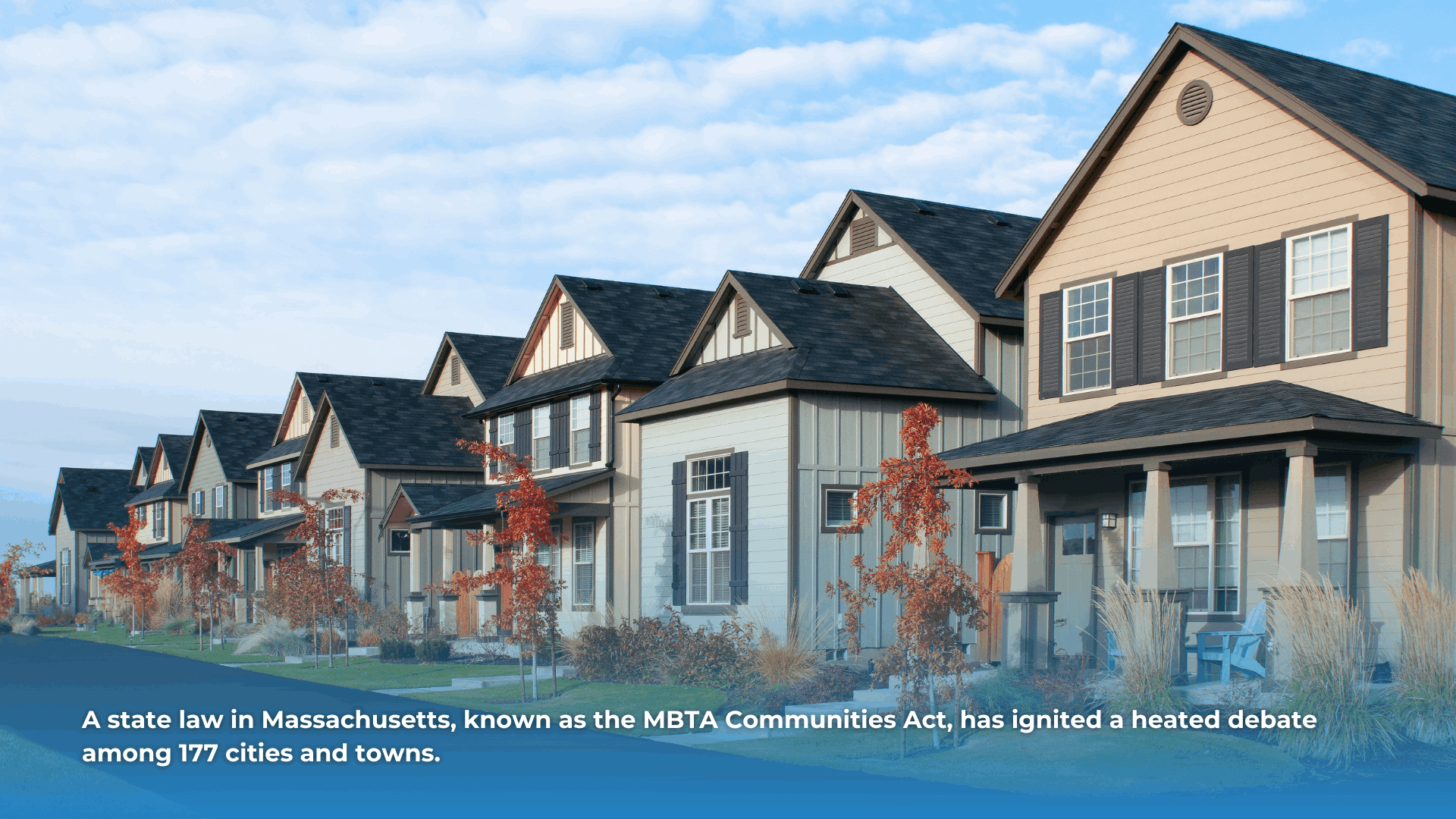
The law mandates the establishment of zoning districts for multi-family housing near MBTA transit stops, aiming to address the state's housing crisis. However, its implementation has met with a mix of compliance, resistance, and controversy.
The MBTA Communities Act: An Overview
The MBTA Communities Act requires 177 communities in Massachusetts to create zoning districts that permit multi-family housing near MBTA transit stops. This initiative is part of a broader effort to increase housing stock in areas with convenient access to public transportation. The law is seen as a critical step in alleviating the state's housing shortage, which has been exacerbated by rising demand and limited supply.
Compliance and Resistance
While nearly 60 communities have adhered to the law, others, including Milton and Marshfield, have openly defied it. These towns argue that the law infringes on local control and threatens their community identity. In Marshfield, for instance, Town Meeting members rejected a rezoning effort intended to bring the community into compliance. They felt that the state was imposing the bylaw against their will, reflecting a broader sentiment of resistance among some communities.
Local Concerns and State Mandate
The primary concern among the opposing communities is the perceived overreach of state authority. Residents and local officials argue that the law imposes uniform zoning changes that do not account for the unique characteristics and needs of individual towns. They worry that such mandates could alter the fabric of their communities, undermining local decision-making processes and long-established zoning practices.
The Aims and Implications of the Act
The MBTA Communities Act aims to tackle Massachusetts' housing crisis by expanding the availability of multi-family housing in areas well-served by public transportation. This approach is intended to promote sustainable development, reduce traffic congestion, and provide more affordable housing options. However, the resistance it faces highlights the tension between state-level objectives and local autonomy.
Noncompliant communities risk losing eligibility for certain state grants and funds, facing potential legal action, and liability under fair housing laws. Despite these consequences, the opposition remains strong in several towns, creating uncertainty about the future of the Act’s implementation.
The Ongoing Debate
The controversy surrounding the MBTA Communities Act underscores the complexities of addressing housing shortages through legislative mandates. While the law is designed to promote growth and alleviate housing pressures, its reception has been mixed. Supporters argue that it is a necessary measure to ensure adequate housing for a growing population, particularly in transit-accessible areas. Detractors, however, see it as an imposition that disrupts local governance and planning traditions.
Moving Forward
As the debate continues, it is clear that a balance must be struck between state goals and local interests. Effective communication and collaboration between state officials and local communities will be crucial in finding a path forward. Whether through adjustments to the law, increased support for local planning, or other means, the ultimate goal remains the same: to provide sufficient housing while respecting the character and autonomy of Massachusetts’ diverse communities.
As a real estate broker, understanding the implications of the MBTA Communities Act is crucial for navigating the evolving landscape of the Massachusetts housing market. This law presents both challenges and opportunities for our industry.
For real estate professionals, the expansion of multi-family housing near transit stops can unlock new avenues for development and investment. Properties located in these newly zoned areas may see an increase in demand due to their proximity to public transportation, making them highly attractive to buyers and renters seeking convenience and accessibility. This could lead to higher property values and more robust market activity in these areas.
Moreover, the potential for increased housing stock can help alleviate the housing shortage, which is a persistent issue in many parts of the state. By being at the forefront of these changes, brokers can position themselves as experts in new zoning laws, offering valuable insights to clients looking to capitalize on these emerging opportunities.
For developers, the Act opens up possibilities for innovative projects that cater to the growing demand for urban-style living in suburban settings. Multi-family developments near MBTA stops can offer a unique selling proposition, combining modern living with easy access to public transportation, thus appealing to a broad demographic, including young professionals and families.
However, it's essential to stay informed about the ongoing debates and potential adjustments to the law. Engaging with local communities and understanding their concerns can help brokers and developers navigate the political landscape and foster positive relationships with municipal authorities and residents. This proactive approach can mitigate risks and ensure smoother project approvals.
Now, while the MBTA Communities Act may present some initial hurdles, it also provides a significant opportunity for the real estate industry to thrive.
By embracing these changes and adapting our strategies accordingly, we can contribute to solving the housing crisis while expanding our business in an increasingly competitive market. The key will be staying informed, proactive, and flexible as the landscape continues to evolve.
Categories
Recent Posts
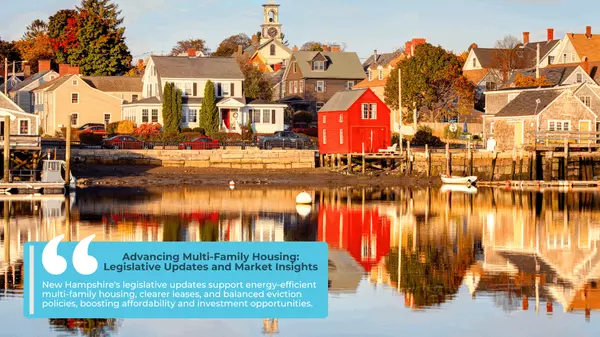
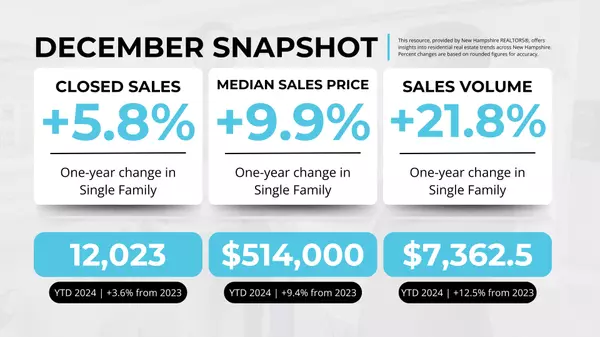
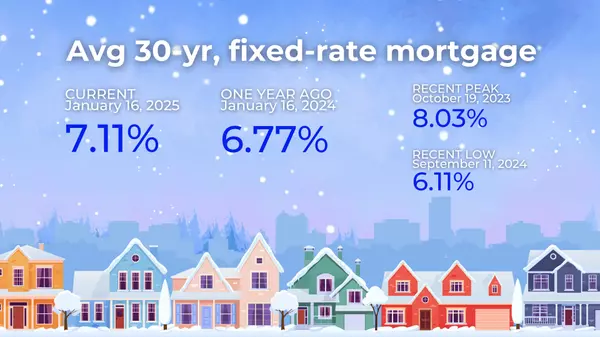
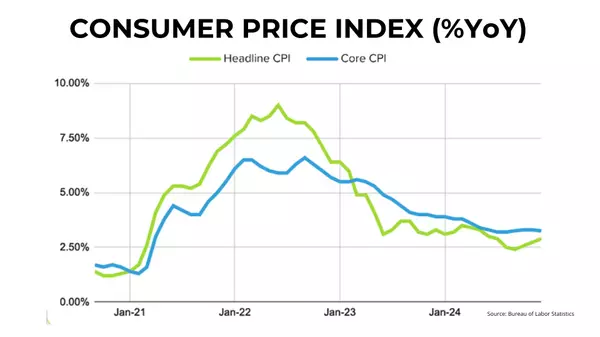
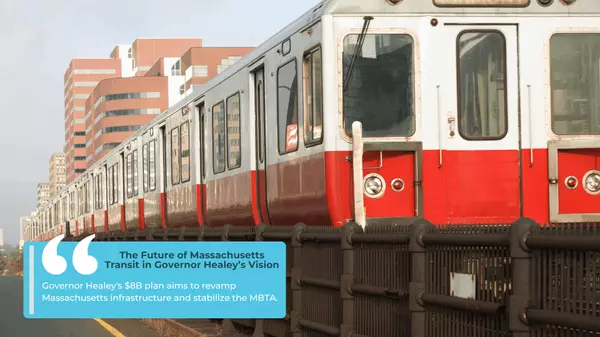
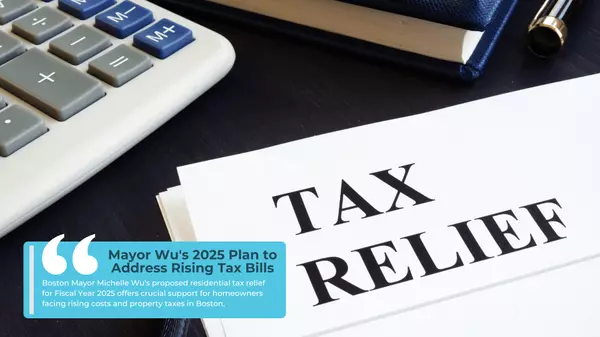
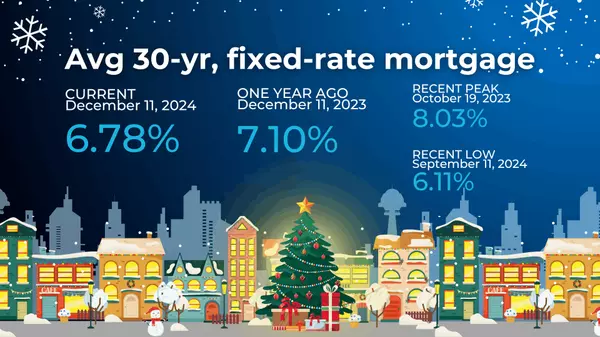

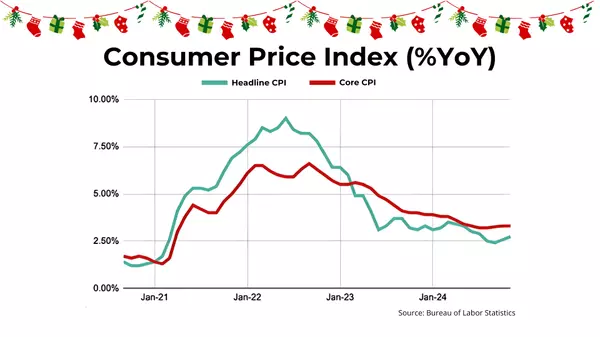

GET MORE INFORMATION

